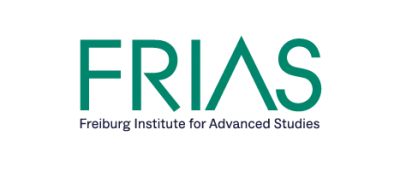Germany

Giuseppe Sansone
Giuseppe Sansone received his PhD in 2004 at the Politecnico Milano, Italy, where he continued his career first as assistant professor and then as associate professor. In 2007, he visited the Laser Technology Laboratory RIKEN, Japan with a JSPS Short-Term Postdoc Fellowship. In 2009-2010, he received an Alexander von Humboldt Fellowship to work in the group of the Max-Planck-Institute for Nuclear Physics in Heidelberg on the combination of coincidence spectroscopy with attosecond sources. He also contributed to the development of the Extreme-Light-Infrastructure Attosecond Light Pulse Source in Szeged (Hungary), initially as division head of the secondary sources and then as scientific advisor.
In 2016, he became full professor for experimental physics at the University of Freiburg where he leads the Attosecond and Strong Field Physics group. His research interests are focused on attosecond metrology at free-electron lasers and on the investigation of ultrafast dynamics in molecules using coincidence spectroscopy.
Attosecond pulses (1as=10-18 s) are the shortest events available with state-of-the-art laser technology. They have been used in several laboratories for the investigation of fundamental electronic processes, which evolve, typically, on a comparable timescale. A prerequisite for attosecond spectroscopy is a reliable characterization of the temporal structure of the attosecond waveforms. This task requires the development of ultrastable interferometer, in which the relative delay between the two arms is controlled within a resolution below few tens of attoseconds. This approach works for table-top sources, but it is not applicable at free electron lasers, due to their large dimensions and complexity. This limitation represents a major obstacle to the advancement of attosecond science at these facilities. In this project, I propose a novel approach to overcome this bottleneck by exploiting a correlation and covariance analysis of the experimental data. Moreover, the envisaged approach will be used for the first demonstration of coherent control of molecular dynamics in the extreme ultraviolet spectral range.
Attosecond physics; Experimental physics; Atomic physics; Molecular physics; Laser physics
